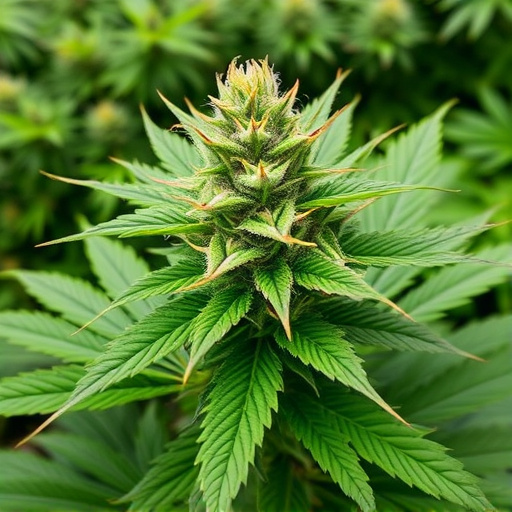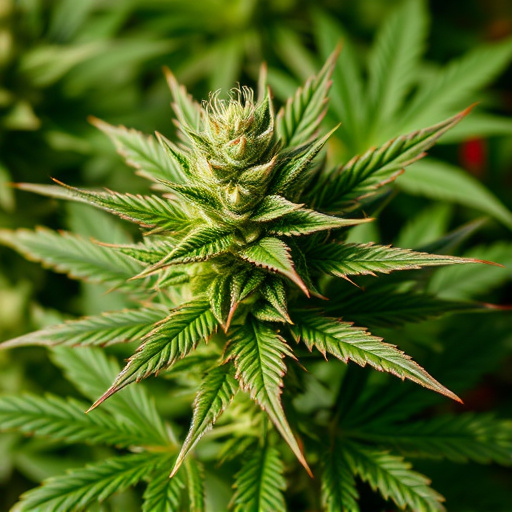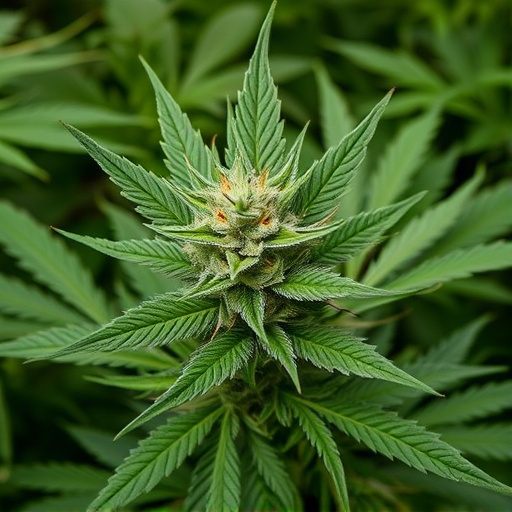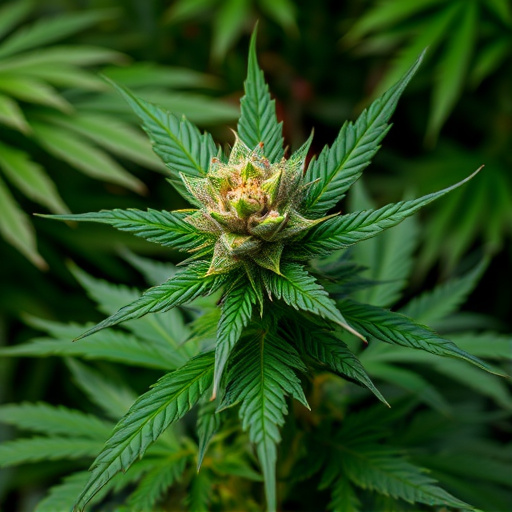Terpenes, aromatic compounds in cannabis, significantly contribute to the unique therapeutic effects and flavors of different medical strains. They interact with cannabinoids like THC and CBD, enhancing or altering their effects (entourage effect). Specific terpenes offer targeted relief for various conditions; myrcene has sedative properties for insomnia and anxiety, while linalool reduces stress. Understanding terpene profiles enables patients to make informed decisions about cannabis consumption, customizing treatment for optimal therapeutic outcomes in medical strains of cannabis.
Terpenes, the aromatic compounds in cannabis, play a pivotal role in shaping the plant’s diverse effects. This article delves into the intricate world of terpenes, exploring their significance in understanding the unique experiences offered by medical strains of cannabis. From uplifting to sedating, these compounds influence the overall profile, making each variety suitable for specific needs and preferences. By deciphering terpene profiles, users can navigate the market more effectively, unlocking the full potential of medical cannabis treatments.
- Understanding Terpenes: The Aromatic Compounds in Cannabis
- The Role of Terpenes in Medical Strains of Cannabis
- How Terpenes Influence the Effects of Different Cannabis Varieties
Understanding Terpenes: The Aromatic Compounds in Cannabis

Terpenes, often referred to as the aromatic compounds of cannabis, play a pivotal role in shaping the unique experiences associated with different medical strains. These volatile oils are responsible for the distinct flavors and aromas that make each strain recognizable. Beyond their contribution to the sensory experience, terpenes have been found to interact with the cannabinoids in cannabis, potentially influencing their effects on the body and mind.
In medical strains of cannabis, specific terpene profiles can enhance or modify the therapeutic attributes of cannabinoids like THC and CBD. For instance, myrcene, a common terpene, is known for its sedative properties, often contributing to feelings of relaxation and sleepiness when combined with THC. Similarly, limonene, with its citrusy scent, may induce a sense of calm and uplifted mood. Understanding the interplay between terpenes and cannabinoids opens up exciting possibilities for tailoring cannabis treatments to individual needs, offering personalized medicine in the ever-evolving landscape of medical cannabis research.
The Role of Terpenes in Medical Strains of Cannabis

Terpenes, aromatic compounds responsible for the distinct flavors and fragrances in cannabis, play a pivotal role in shaping the effects of medical strains. Beyond their contribution to the plant’s sensory profile, terpenes have been found to interact synergistically with cannabinoids, such as THC and CBD, enhancing or modulating their therapeutic properties. This interaction is often referred to as the entourage effect, where the whole becomes greater than the sum of its parts.
In the context of medical strains, specific terpenes can provide targeted relief for various conditions. For instance, myrcene, known for its earthy and musky notes, has been linked to sedative and anti-inflammatory properties, making it potentially beneficial for treating insomnia, anxiety, and chronic pain. Similarly, linalool, with its lavender-like aroma, exhibits anxiolytic and stress-reducing effects. Understanding the unique terpene profiles within medical cannabis varieties allows patients and caregivers to make more informed decisions, tailoring their treatment to achieve optimal therapeutic outcomes.
How Terpenes Influence the Effects of Different Cannabis Varieties
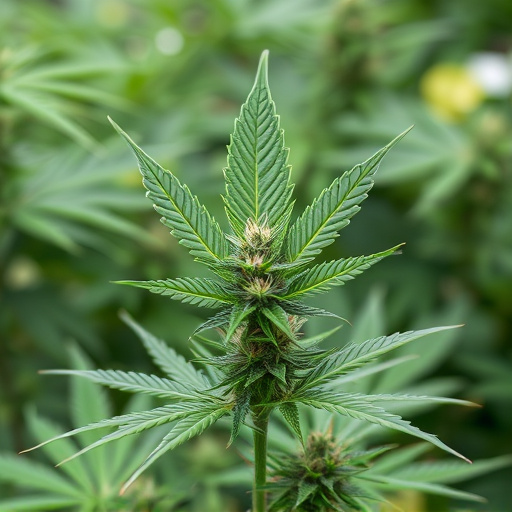
Terpenes, aromatic compounds found in many plants, play a significant role in shaping the unique effects of different cannabis varieties. Each terpene offers distinct attributes, contributing to the overall profile of a strain. For instance, myrcene is known for its relaxing and sedative properties, making it popular among medical strains of cannabis that promote better sleep and alleviate stress. On the other hand, limonene boosts mood and energy, often found in sativas that stimulate creativity and mental clarity.
The interplay between terpenes and cannabinoids further enhances or modifies the effects. As such, a strain high in both THC (tetrahydrocannabinol) and myrcene may deliver a more profound relaxation experience compared to one with equal amounts of THC but lower myrcene content. Understanding these complexities allows cannabis users to make informed choices, tailoring their consumption to specific therapeutic benefits or desired effects.
Terpenes, the aromatic compounds within cannabis, play a pivotal role in shaping the plant’s diverse effects. From enhancing or altering the experience of medical strains of cannabis to contributing to the unique profiles of different varieties, terpenes are key factors in the complex tapestry of cannabis interactions. Understanding these compounds allows for a more nuanced appreciation of how cannabis can impact users, whether for recreational or medicinal purposes. Further research into terpene-cannabinoid interactions promises to unlock new possibilities for tailoring cannabis treatments to individual needs.






